The giant panda, known for its distinctive black and white coat, is a bear-like mammal that has captured the hearts of people worldwide. Native to the bamboo forests in the mountains of central China, this captivating creature has a history that spans millions of years. In this article, we'll delve into the natural habitat of the giant panda, its diet, behavior, and the conservation efforts in place to protect this beloved species.
Key Takeaways:
- Giant pandas are native to the bamboo forests in the mountains of central China.
- They have a diet primarily consisting of bamboo, despite having the digestive system of a carnivore.
- Conservation efforts in China have been successful in increasing the panda population, leading to its status being changed from "endangered" to "vulnerable" in 2016.
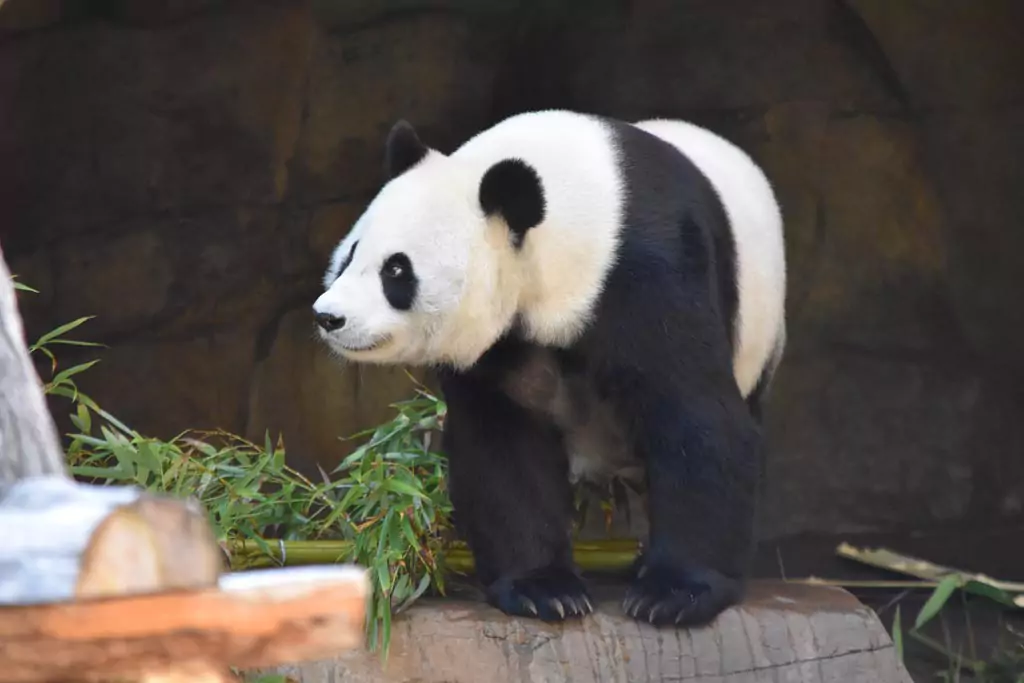
Natural Habitat and Distribution
Giant pandas were once widespread throughout eastern Asia, with fossils indicating their presence from northern Myanmar and Vietnam to as far north as Beijing. However, human activities, including deforestation and poaching, have restricted them to remote mountainous regions in the Chinese provinces of Sichuan, Shaanxi, and Gansu. These fragmented habitats cover an area of approximately 13,000 square km.
The bamboo forests in these regions are crucial for the survival of the giant panda. Periodic natural events, such as mass flowering and die-offs of bamboo, can lead to starvation for some panda populations. It takes bamboo forests between five to ten years to recover from such events.
https://www.britannica.com/animal/giant-panda
Diet and Feeding Habits
Despite being classified as a carnivore, the giant panda's diet is primarily herbivorous, consisting of 90-98% bamboo. This includes the leaves, shoots, and stems of bamboo, which are available year-round in many of China's forested regions. Interestingly, while they have evolved certain adaptations for bamboo consumption, such as specialized teeth and forepaws, pandas retain the digestive system of their carnivore ancestors. This means they cannot digest cellulose, a primary component of bamboo. To compensate, pandas consume large quantities of bamboo and have a rapid digestive process.
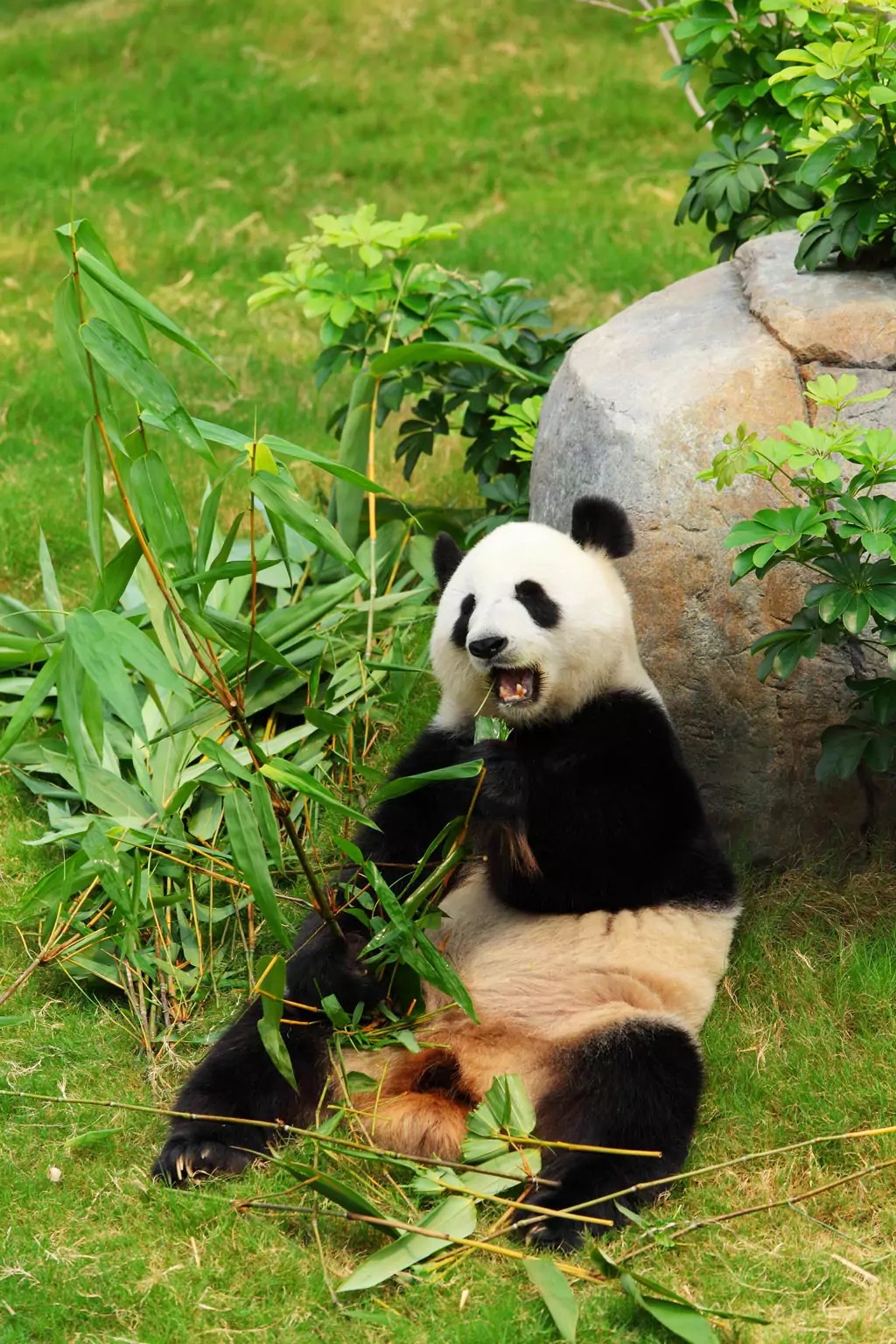
https://www.youtube.com/watch?v=VNxx8jVEm3I
Behavior and Reproduction
Giant pandas are solitary creatures, with each individual typically confining its activities to a range of 4 to 6 square km. Their primary form of communication is through scent, using a large gland located near the tail to leave olfactory messages for other pandas. This scent communication plays a vital role in regulating contact between individuals and is especially crucial during the mating season.
The mating season for pandas occurs in the spring, with females entering estrus for one to three days. During this period, males may become highly aggressive as they compete for the opportunity to mate. Like other bears, pandas experience a delay in the implantation of the fertilized ovum, leading to a gestation period that averages 135 days.
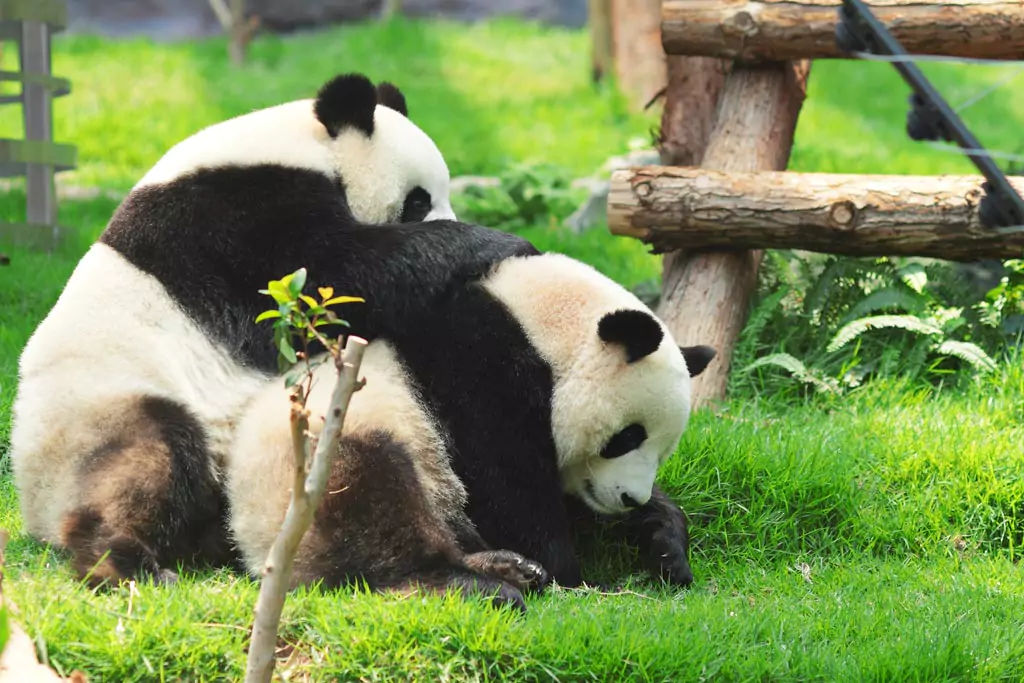
https://youtube.com/watch?v=dqT-UlYlg1s
Conservation Efforts
Historically, the giant panda was classified as an endangered species. However, due to extensive conservation efforts in China, their status was updated to "vulnerable" in 2016. China now regards the panda as a national treasure and has expanded its reserve system from 14 sites to over 40. International cooperation has also played a role in training for reserve management and captive breeding.
In addition to habitat preservation, China has shifted from gifting pandas or offering short-term commercial loans to zoos to lending agreements that generate funds for the conservation of wild populations. There are now over 120 pandas in captivity in China, with an additional 15 to 20 in zoos worldwide.
Pandas and Humans
The giant panda has always held a special place in human hearts. Their endearing appearance and gentle demeanor have made them a symbol of peace and conservation efforts worldwide. Historically, pandas were gifted by China to other nations as a sign of goodwill. This practice has evolved into lending agreements that not only allow other countries to enjoy the presence of pandas but also generate funds for the conservation of wild panda populations.
In zoos, pandas are among the main attractions, drawing large crowds eager to catch a glimpse of their playful antics. Their popularity has also led to extensive research into their behavior, diet, and reproduction, aiding conservation efforts both in captivity and the wild.
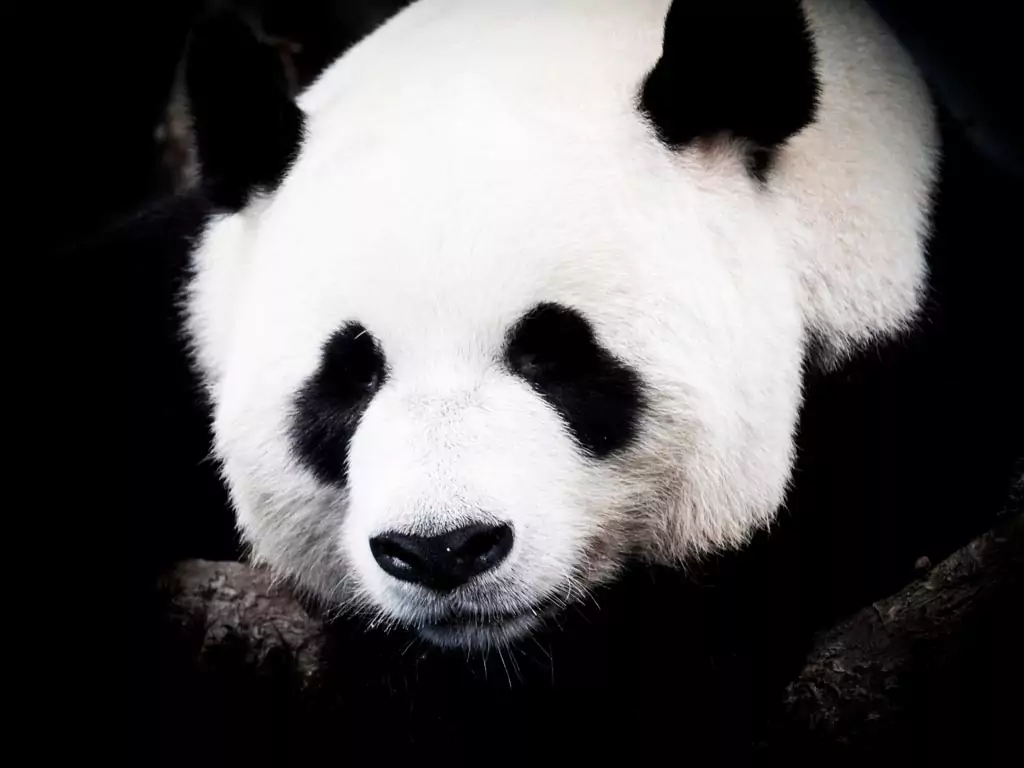
https://youtube.com/watch?v=9YkrojbbwiA
Unique Characteristics
One of the most distinctive features of the giant panda is its "pseudo-thumb". This enlarged wrist bone allows pandas to grip bamboo stalks with dexterity, making feeding more efficient. Despite their bulky appearance, pandas are also adept climbers and swimmers. Their diet, primarily consisting of bamboo, has led to unique adaptations in their digestive system. While they cannot fully digest cellulose, pandas have a short digestive tract that allows for rapid processing of bamboo.
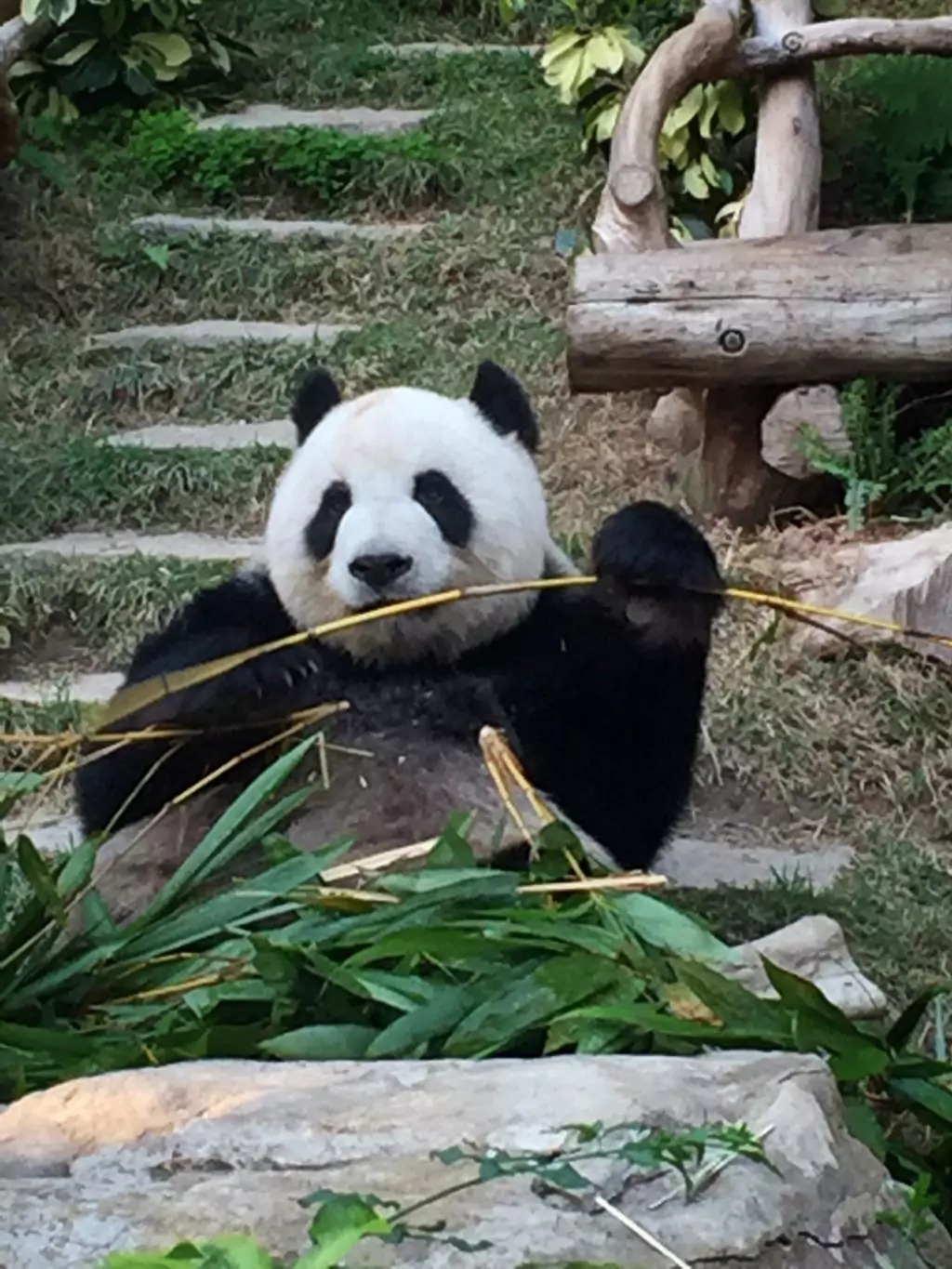
Frequently Asked Questions
1. Why are pandas black and white? The distinctive black and white coloration of pandas is believed to serve several purposes. The black patches around their eyes may help reduce glare and enhance their ability to focus. The stark contrast in color could also aid in camouflage in their snowy and rocky habitat.
2. How much bamboo do pandas eat in a day? Pandas consume a significant amount of bamboo daily, ranging from 12 to 38 kilograms. Their diet can vary based on the type and part of the bamboo they're eating.
3. Are pandas aggressive? While generally docile, pandas can be aggressive when provoked or threatened. It's essential to remember that they are wild animals and can be unpredictable.
https://www.natgeokids.com/uk/discover/animals/general-animals/ten-panda-facts/
Conservation: A Continuous Effort
While the status of the giant panda has improved from "endangered" to "vulnerable", continuous efforts are required to ensure their survival. Habitat loss remains a significant threat, and the reliance on bamboo makes them vulnerable to any changes in their food source. International cooperation, research, and public awareness are crucial in ensuring that future generations can also experience the joy of seeing these magnificent creatures in the wild.





